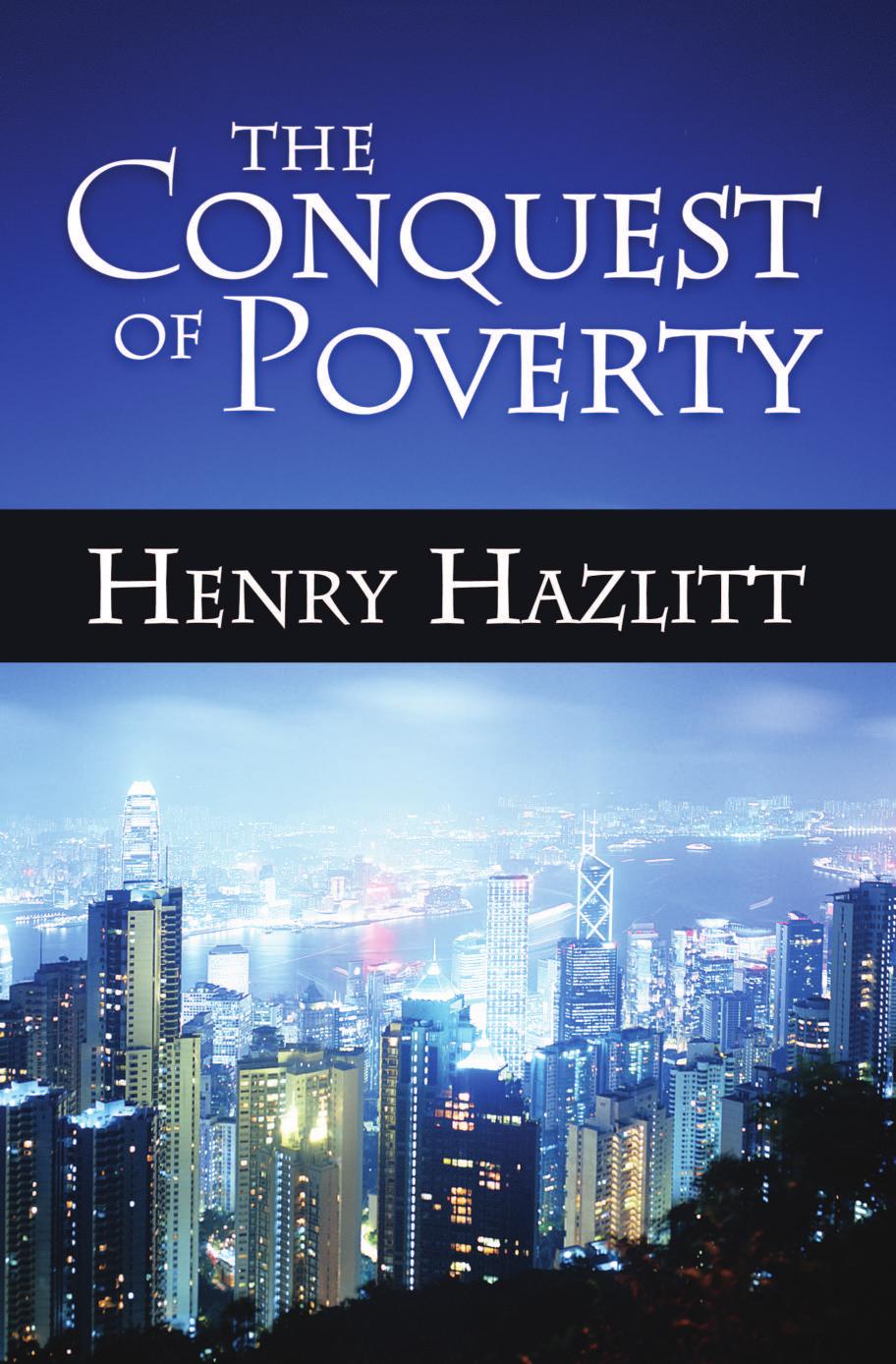The Conquest of Poverty by Henry Hazlitt

Author:Henry Hazlitt [Henry Hazlitt]
Language: eng
Format: epub, pdf
ISBN: 978-1-61016-024-7
Publisher: The Foundation for Economic Education, Inc.
Published: 1996-11-06T16:00:00+00:00
Overlooking the Victims
It is amazing to find how systematically the self-proclaimed humanitarians, even among professional economists, have managed to overlook the unemployed, or the still more poorly paid workers, who are the victims of the union members’ “gains.”
It is important to keep in mind that the unions cannot create a “monopoly” of all labor, but at best a monopoly of labor in certain specific crafts, firms, or industries. A monopolist of a product can get a higher monopoly price for that product, and perhaps a higher total income from it, by deliberately restricting the supply, either by refusing to produce as much as he can of it, or by withholding part of it, or even by destroying part of it that has already come into existence. But while the unions can and do restrict their membership, and exclude other workers from it, they cannot reduce the total number of workers seeking jobs.
Therefore whenever the unions gain higher wage rates for their own members than free competition would have brought, they can do this only by increasing unemployment, or by increasing the number of workers forced to compete for other jobs and so comparatively reducing the wage rates paid for such jobs. All union “gains” (i.e., wage rates above what a competitive free market would have brought) are at the expense of lower wages than otherwise for at least some if not most nonunion workers. The unions cannot raise the average level of real wages; they can at best distort it.
As the gains of union workers are made at the expense of nonunion workers, it is instructive to ask what proportion union members constitute of the whole working population. The answer for the United States is that union members now number about 20 million, or not more than 25 percent of the total civilian labor force of 87 million. So the unions are in a distinct minority. This might not be a fact worth emphasizing if there were reason to think that the average earnings of union workers were below the average earnings of nonunion workers. But while statistical comparisons cannot be exact, the evidence is conclusive that the case is the other way round. It is the most skilled occupations that are most unionized. In brief, we have a one-quarter minority of already higher paid union workers exploiting a three-quarters majority consisting mainly of already lower paid nonunion workers.
People could save themselves a good deal of misplaced sympathy if next time they read in their newspapers of a strike for a “decent wage,” they take the trouble to compare what the strikers were already getting with, say, the official statistics of average wages for all nonagricultural workers.
The “gains” of union labor, of course, need not be solely at the expense of nonunion labor; they may be at the expense of some union members themselves. The higher wage rates gained in a particular industry (assuming an elastic demand for its product) will lead to less employment than otherwise in that industry. This may force unemployment on some of the members of the “successful” union.
Download
This site does not store any files on its server. We only index and link to content provided by other sites. Please contact the content providers to delete copyright contents if any and email us, we'll remove relevant links or contents immediately.
International Integration of the Brazilian Economy by Elias C. Grivoyannis(57288)
The Radium Girls by Kate Moore(10902)
Turbulence by E. J. Noyes(7032)
Nudge - Improving Decisions about Health, Wealth, and Happiness by Thaler Sunstein(6629)
The Black Swan by Nassim Nicholas Taleb(6184)
Pioneering Portfolio Management by David F. Swensen(5599)
Rich Dad Poor Dad by Robert T. Kiyosaki(5140)
Zero to One by Peter Thiel(4817)
Man-made Catastrophes and Risk Information Concealment by Dmitry Chernov & Didier Sornette(4728)
Secrecy World by Jake Bernstein(3773)
Millionaire: The Philanderer, Gambler, and Duelist Who Invented Modern Finance by Janet Gleeson(3565)
Skin in the Game by Nassim Nicholas Taleb(3456)
The Age of Surveillance Capitalism by Shoshana Zuboff(3411)
The Money Culture by Michael Lewis(3276)
Skin in the Game: Hidden Asymmetries in Daily Life by Nassim Nicholas Taleb(3259)
Bullshit Jobs by David Graeber(3173)
The Dhandho Investor by Mohnish Pabrai(3162)
The Wisdom of Finance by Mihir Desai(3069)
Blockchain Basics by Daniel Drescher(2884)
